Amber Gemstone description
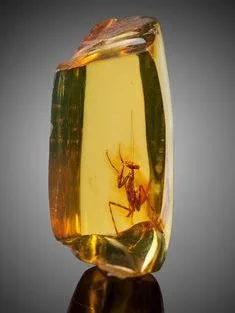
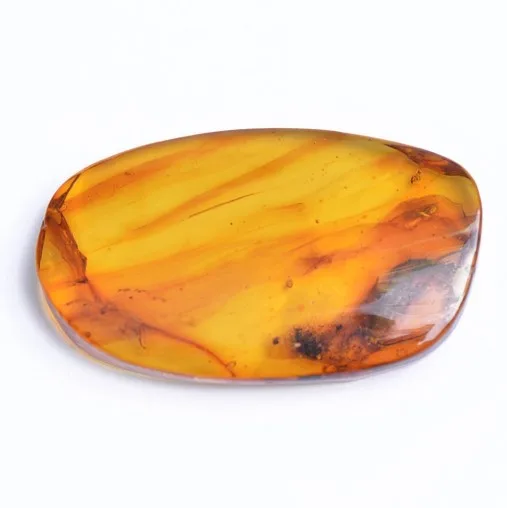
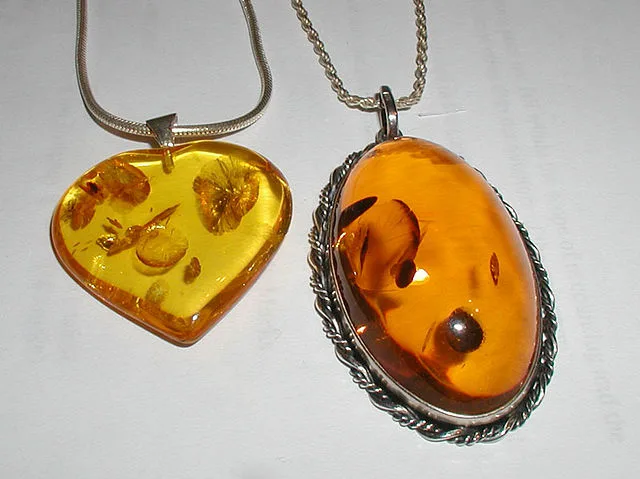
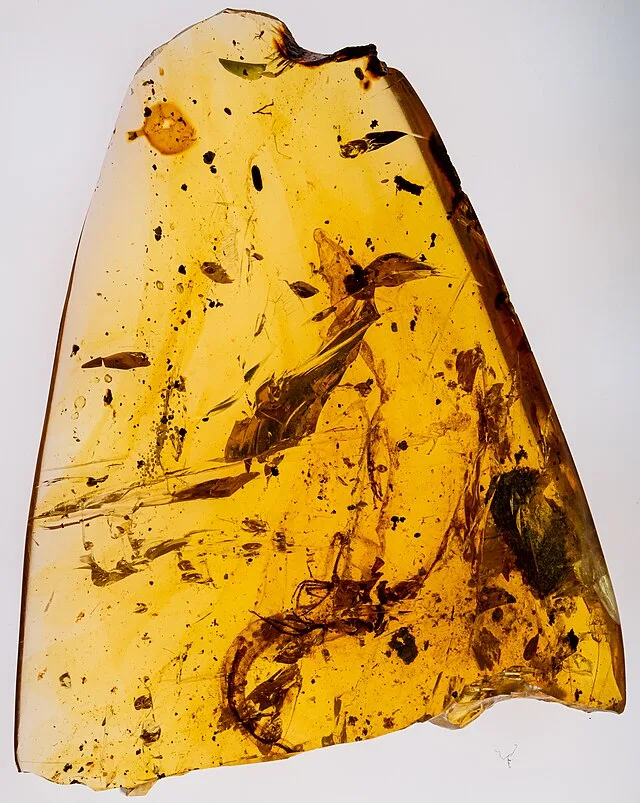
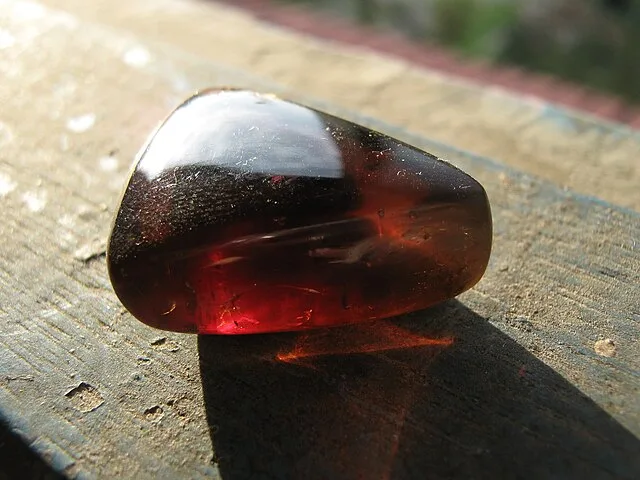
Amber is a captivating gemstone formed from fossilized tree resin, often admired for its warm, golden hues and organic inclusions. It is not a mineral but an organic substance, making it unique among gemstones. Amber is prized for its beauty, historical significance, and metaphysical properties, often containing ancient plant material, insects, or other organic matter trapped within its structure.
- Color: Amber ranges in color from pale yellow to deep orange, brown, and even red. Rarely, it can also be found in green, blue, or black hues.
- Origin: Amber is primarily found in the Baltic region, particularly in countries like Poland, Russia, and Lithuania. Other notable sources include the Dominican Republic, Mexico, and Myanmar (Burma).
- History and Lore: Amber has been used for thousands of years in jewelry and as a healing agent. In ancient times, it was believed to be solidified sunlight or the tears of the gods. The Greeks called it ‘elektron,’ which is the root of the word ‘electricity,’ due to its ability to produce static electricity when rubbed. Amber was also used in ancient medicine and is still considered a powerful healing stone in modern crystal healing practices.
Technical Specifications
| Chemical Composition | C10H16O (Organic resin) |
| Crystal System | Amorphous |
| Hardness (Mohs) | 2.0 |
| Refractive Index | 1.540 – 1.550 |
| Specific Gravity | 1.05 – 1.10 |
| Optical Properties | Birefringence: 0.0, Pleochroism: None, Optical Character: Isotropic |
| Cleavage | None |
| Fracture | Conchoidal |
| Luster | Resinous |
| Transparency | Transparent to translucent |
| Fluorescence | Strong blue or green under UV light |
Healing Properties
- Emotional Healing: Amber is known for its ability to calm the mind and alleviate stress. It is believed to absorb negative energy and promote emotional balance, making it a popular choice for those seeking relief from anxiety and depression.
- Physical Healing: Amber is often used in holistic medicine to alleviate pain, particularly in the joints and muscles. It is also thought to boost the immune system and aid in detoxification by drawing out toxins from the body.
- Spiritual Healing: Spiritually, Amber is considered a powerful stone for grounding and connecting with ancient wisdom. It is said to enhance clarity, decision-making, and manifestation, making it a popular stone for meditation and spiritual growth.
Value and Price Factors
- Color Factors: The most valuable Amber is typically a rich, deep orange or red. Yellow and honey-colored Amber are more common and generally less expensive. Rare colors like green, blue, and black can command higher prices.
- Clarity Factors: Amber with clear transparency and minimal inclusions is more valuable. However, Amber with well-preserved organic inclusions, such as insects or plant material, can also be highly prized by collectors.
- Cut Factors: Amber is often cut into cabochons or polished into freeform shapes to showcase its natural beauty. Faceted Amber is rare but can increase the gemstone’s value.
- Carat Weight: Amber is relatively light compared to other gemstones, so larger pieces are more common. However, larger, high-quality pieces with rare inclusions can significantly increase in value.
- Market Price Range: Amber prices can range from $20 to $100 per carat for common varieties, while rare colors or pieces with significant inclusions can fetch prices upwards of $500 per carat.
Care and Maintenance
- Cleaning: Amber is a soft gemstone, so it should be cleaned gently with a soft cloth and warm, soapy water. Avoid using harsh chemicals, ultrasonic cleaners, or steam cleaning, as these can damage the stone.
- Storage: Store Amber separately from other gemstones to prevent scratches. It is best kept in a soft pouch or lined jewelry box away from direct sunlight, as prolonged exposure to heat and light can cause the stone to become brittle or lose its color.
- Handling: Handle Amber with care, as it is prone to scratching and can be damaged by sharp impacts. Avoid exposing it to perfumes, hairsprays, or other chemicals that may cause discoloration.
Popular Usages
- Jewelry Types: Necklaces, Bracelets, Earrings, Rings, Pendants
- Common Cuts: Cabochon, Freeform, Beads, Faceted (rare)
- Other Usages: Amber is also used in decorative objects, such as carvings and sculptures, and in traditional medicine as an ingredient in balms and oils.
Buying Guide
- Synthetic Identification: Synthetic Amber, often made from plastic or copal (a younger form of resin), can be identified by its lack of natural inclusions and its lower density. Real Amber will float in saltwater, while most synthetics will sink.
- Origin Identification: Baltic Amber is considered the most valuable due to its age and quality. Dominican Amber is known for its clarity and rare blue hues. Burmese Amber is often darker and more opaque.
- Inclusions: Inclusions of insects, plant material, or air bubbles are common in Amber and can increase its value, especially if the inclusion is well-preserved and visible.
- Enhancements and Treatments: Amber is sometimes heat-treated to enhance its color or clarity. Be cautious of Amber that appears too perfect, as it may have been treated or be synthetic.
FAQ
- Is Amber a real gemstone? Yes, Amber is considered a gemstone, though it is organic in nature, formed from fossilized tree resin rather than a mineral.
- Can Amber be worn every day? Amber can be worn daily, but due to its softness, it should be handled with care to avoid scratches and damage.
- How can I tell if my Amber is real? Real Amber will float in saltwater and emit a pine-like scent when heated. It may also fluoresce under UV light. Synthetic Amber, on the other hand, will sink in saltwater and may not have the same natural inclusions.

